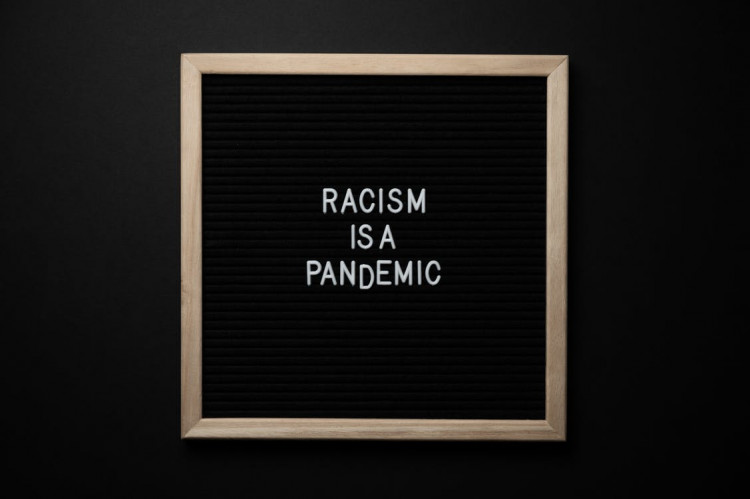Racism is one of the issues that is affecting a lot of learning institutions not only in the US but also around the world. Racism in college exists in different ways. It usually manifests in the way students interact with each other and how teachers interact with students. Various research studies have shown that racism is a behavior that is learned. This means that stakeholders in college can unlearn it by writing proposals and taking action. While solving this issue can take a lot of time and energy, it will pay off in spades in the long run. Students who study in colleges that are intolerant of racism tend to succeed in life due to high self-esteem. How can you get rid of racism in colleges? Here are some great student suggestions.
1. Self-awareness
One of the best ways to prevent racism in college is through self-reflection and self-awareness. Tutors must recognize how important race, sex, religion, ethnicity, and socio-economic status play among college students. You need to understand how your identification as a student within a particular group gives you privileges. You should listen to students who experience life differently due to their race in college. You need to acknowledge your personal biases and try to understand people from different backgrounds.
2. Professional development
Apart from self-awareness, tutors and school heads must invest their time and money in professional development courses that increase their competency in college. During the semester, there are a lot of professional development opportunities that crop up. They focus on cultural competence, relevant teaching, multiculturalism, and diversity. There are lots of online resources that will help you learn more about equity and diversity in the education sector.
3. Cultural relevant teaching
Tutors can help in creating learning opportunities that focus on ethnicity and prevent racism through culturally relevant tutoring. Cultural relevant tutoring focuses on cultural competence, academic excellence, and social-political analysis. Students will be engaged in learning experiences that use resources to explore a wide range of issues facing diverse communities. It also emphasizes social activism and justice.
Culturally relevant teaching uses resources like text to address a wide range of issues such as culture, race, and ethnicity in different ways. The text and well-written problem and solution examples supplement textbooks used in college that don't usually give the entire information. You need to check it out to get inspired. It exposes learners to different people and environments. They get to visit new places, eat local food, and listen to cultural music. Cultural relevant teaching highlights key historical moments and promotes social justice and equity across the world.
4. Lessons on conflict resolution
To eliminate racism in colleges, educators need to encourage students to talk about racism. While such discussions can be quite uncomfortable, with planning, listening, and recognizing other peoples' vulnerability, such conversations can become great learning experiences. When college students take their time to learn about cultures but fail to discuss disturbing race issues, it becomes a disservice. Students need to be encouraged to discuss the struggles that the country faced when addressing cultural misunderstandings. There are amazing online resources that you can use to encourage students to talk about historical and current events. You can also use books that discuss a wide range of topics about race and multiculturalism.
5. Address racial tensions responsibly
Most college students have reported that they feel disappointed in how tutors address racial tension in a class by shutting down important conversations immediately. Most students view such moments as important learning opportunities. However, in most cases, students of minority groups are left grappling with offensive statements or actions about race. They want their tutors to know how to handle such cases when they arise. Instead of being punished, students who attack others racially need to be challenged to reflect on their statements and how they make others feel.
6. Community partnerships
The consequences of racism are far-reaching. When students learn about racism, they have to interact with it in the real world. Learning institutions need to partner with local organizations in the community to fight this monster and promote equity. Social justice is one of the best ways to prevent racism. Inviting organizations to schools can help learners get involved in works of social justice. Further, inviting families to discuss their experiences in a class about the topic will help students familiarize themselves with what's happening in the real world without having to peruse their books.
Conclusion
Racism is a serious issue that is affecting millions of students across the world. When tutors fail to address this issue, most students go into the world with self-esteem and trust issues. It's important to encourage students to learn about the subject and have difficult conversations with each other. How you handle racism cases in school will determine how well students understand and handle this issue. You can transform how your students view racism by attending tutoring seminars and workshops regularly to develop or improve important skills.
Author Bio:
Larry Smith is an experienced academic writer and proofreader. He has been writing articles that focus on helping college students understand themselves and achieve their goals. He is passionate about technology and education.






